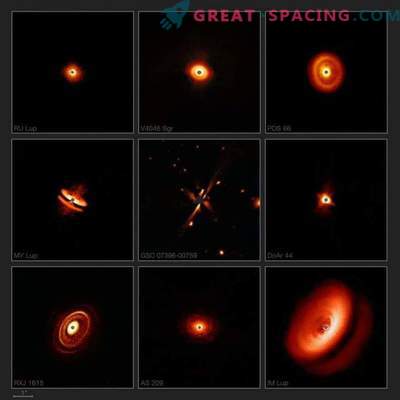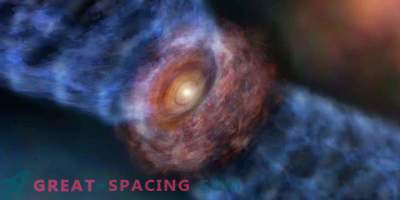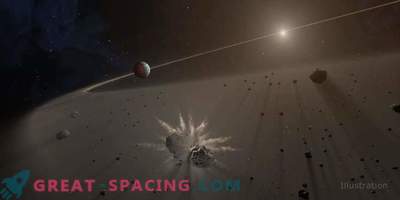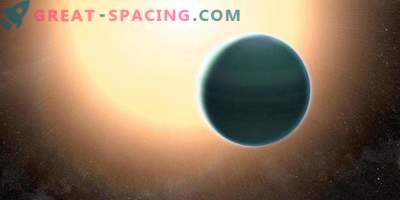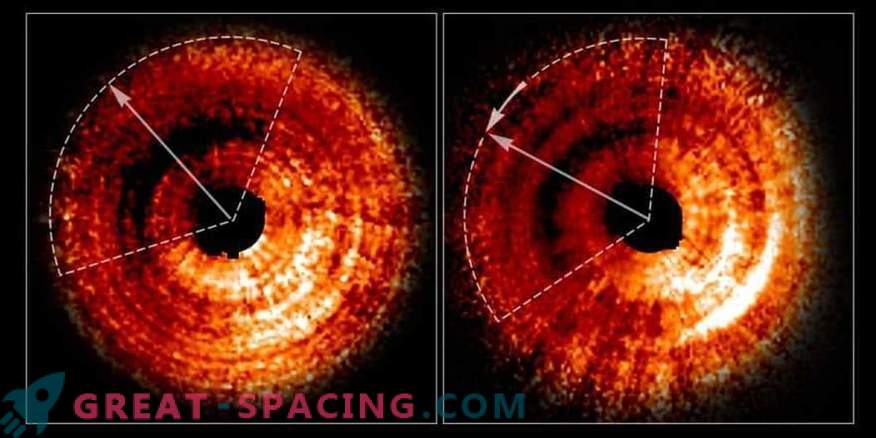
Using the Hubble Space Telescope, astronomers have found a new approach to the search for alien planets.
The bizarre shadow that appeared on the disk of dust and gas located around the young star TW Hydra most likely hints at an unnoticed exoplanet in orbit. About this, scientists talk in a new study.
A team of researchers noticed a shadow analyzing the 18-year observations of TW Hydra, whose age reaches 8 million years, and the distance from Earth is 192 light years. Images taken by NASA's Hubble telescope showed a rotating shadow on a disk with a width of 41 billion miles (66 billion km) once every 16 years.
“Before us is the first disc with so many pictures for a long period of time. This allowed us to notice an amazing phenomenon, ”said the main author of the study, John Debes of the Space Research Institute using the space telescope. “We hope that this phenomenon can be common in young star systems.”
Unsung exoplanet is the best explanation for the shadow. If Debes is on the right track, then the world itself does not create a shadow. Rather, the planet’s gravity tilts the inside of the disk, blocking starlight.

This diagram shows the proposed structure of the gas-dust disk around the nearest young star TW Hydra.
The crew’s calculations suggest that the planet is separated 100 million miles (160 million km) from TW Hydra (approximate distance of our planet from Sun). It is too close to the star for Hubble or any other modern telescope to capture it. (Planets are muffled by the light of the parent stars).
The proposed object must be five times larger than Jupiter in order to affect the disk in this way.
The results, which Debes presented on January 7 at the 229th meeting of the American Astronomical Society, outlined a promising new way of hunting for children's planets in the inner parts of the disks surrounding young stars.
“Surprisingly, by studying the outer area and measuring the movement, location and behavior of the shadow, we can learn more information about the invisible area of the disk,” says Debes. “The study shows that even these large disks, in which the inner regions are not observable, are still dynamic or change in ways that we do not yet imagine.”





